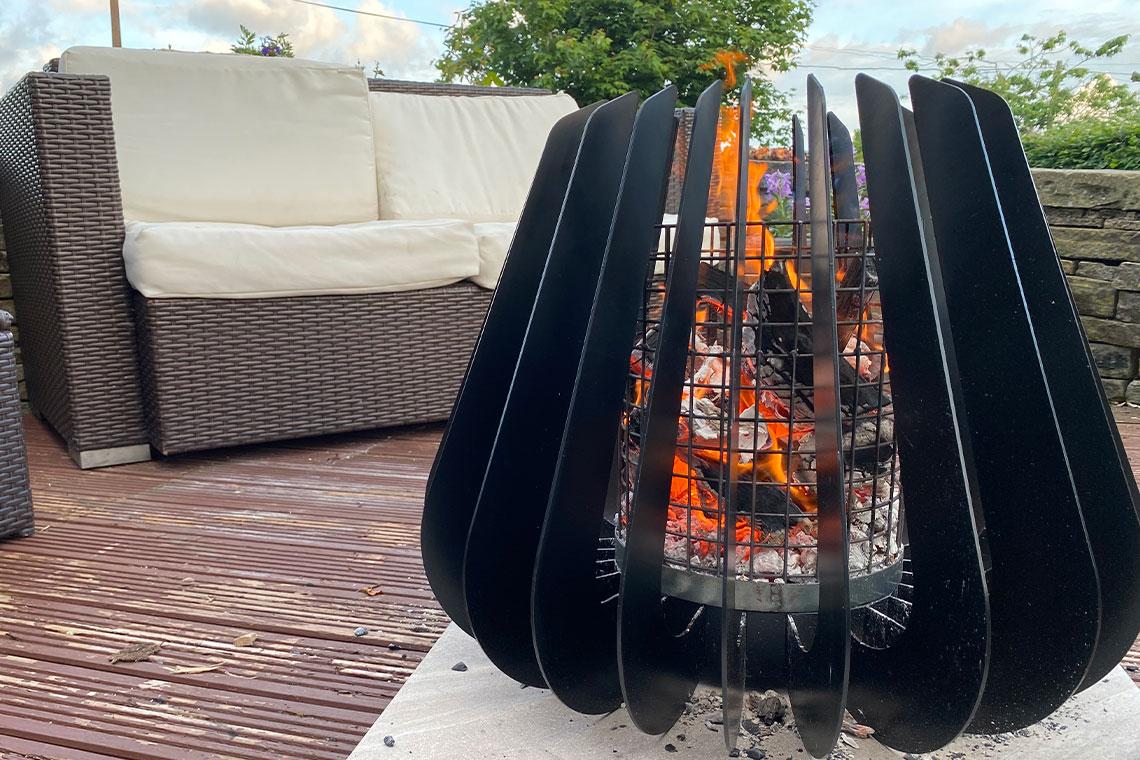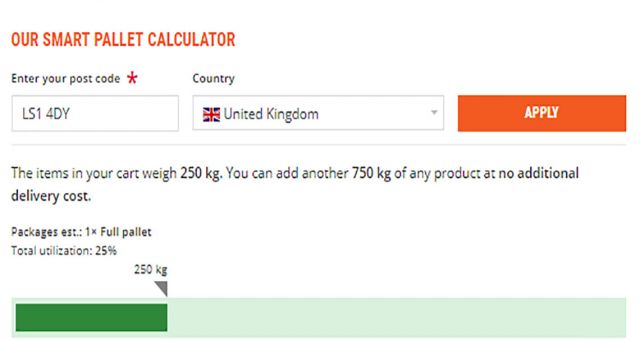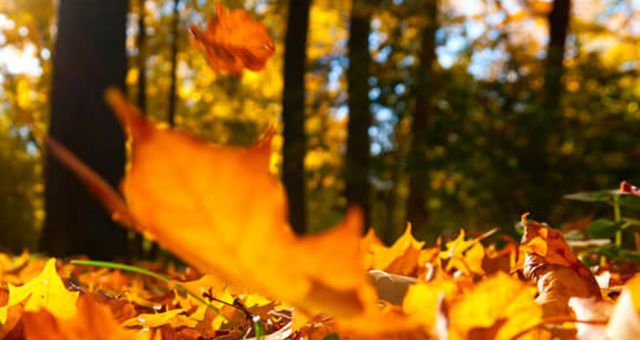It’s a question that we see constantly come up, what wood should I be burning in my fire pit? Can I use charcoal in my Firepit? What about liquid fuels? Below we will go into detail on the different types of fuel to use on a firepit.
Which Logs for my Fire Pit?
When picking logs for your Fire Pit there are two key requirements for your wood, the first is that you want your logs to be dry and the best way to accomplish this is to get Kiln Dried Logs. In the UK they are also required to have the “Ready To Burn” badge on them, this is because of new laws that have recently come into effect, meaning that wet wood cannot legally be sold. But this isn’t bad news, as dry wood burns hotter, produces less smoke and is easier to light, which overall provides a much better user experience.
The second key requirement is that Hardwood Logs are much better to burn than softwood, this comes down to a few key benefits Hardwood offers over Softwood. Hardwood burns longer as it is denser, this results in Hardwood logs burning for several hours. Hardwood also burns hotter than softwood, meaning you don’t need to use as much wood for the same amount of heat that a softwood fire would provide. Softwood also has higher amounts of resin, which can result in a build-up of tar in your chimenea. Softwood also produces more smoke than Hardwood on average, which is unpleasant for those around the fire and worse for the environment.
Now that we’ve discussed those two key points, let’s talk about the different varieties of Hardwood available:
Birch: Birch is easier to light than a lot of other hardwoods and because of this it reaches higher heats quicker, meaning those around a Birch fire don’t have to wait as long for the heat levels to rise. Firewood that lights quicker also produces less smoke when first lit. It also produces a cosy bright flame, which is ideal for those darker nights around your Fire Pit.
Alder: Alder is also easier to light than a lot of other Hardwoods, which also means it reaches higher heats quicker. But Alder takes this a step further and burns even hotter than a lot of other hardwoods. Producing a hot and toasty flame to keep you and your guests warm, while also producing a bright and vibrant flame.
Ash: Ash is a denser Hardwood and because of that is slightly harder to light, though when it does start burning it produces a strong and consistent heat that’ll last longer than other firewood such as Alder & Birch. It’s also one of the most popular woods on the market as it is seen as a reliable wood to burn year after year.
Oak: Oak is a very dense wood and because of this it is even harder to light than most other hardwoods. The conditions for burning oak also have to be right for the log to burn well and oak requires a lot of air to burn well. So if you aren’t somewhere with a lot of wind, then more often than not an Oak log will smolder and blacken, instead of producing a good-looking, bright flame. Although it will still produce a strong, consistent heat when it gets going. Which can take a while under the wrong conditions.
Hornbeam: Hornbeam provides a similar high heat burn to oak, with the same consistent and long burn time. But Hornbeam is a lot easier to light than Oak and easier to get it properly burning, without the requirements that oak needs. While it is still harder to light than Birch or Alder for example. It will also produce a cosy warm flame.
Aswell as all the individual differences these logs have from each other, they also each have a different aroma when burning. Alder & Birch tend to have a traditional wood-burning smell.
Burning Smokeless Coals & Charcoals in a Fire Pit
While you can burn smokeless coal and charcoal in some Fire Pit’s it’s important to learn the issues this can bring up. Smokeless coals & charcoal will leave more ash residue than firewood after the burn duration. More importantly, though, these types of products will burn hotter, and longer than firewood. If your firepit is not made from a heavy gauge metal, you may find the heat from the coals causes the firepit to change shape, or even burns through the bottom of the grate.
It is important to point out, smokeless coals aren’t suitable for most firepits. However, if your fire pit has a thick metal base, and a grate with air coming from underneath, you can use this type of product.
Burning charcoal is another matter, and it is actually a product that we recommend using on our high-quality firepits. If you find that you are burning through your logs too quickly, charcoal is a great addition. Just like when used for cooking, quality charcoal burns for hours with very high heat. We recommend using charcoal as a base product and adding a couple of logs on top when you want to see a nice big flame.
Burning Liquid Fuels and Accelerants
Only use Liquid fuels or accelerants on a fire pit that is specifically designed to burn that type of fuel. Otherwise, not only can they damage your fire pit because they burn at such a hot temperature but they also pose a very real risk to health if something goes wrong. Even if it doesn’t, they produce a lot of contaminants that are harmful to humans and animals to breathe in or ingest. So we’d advise keeping them far away from your fire pits, unless specifically detailed otherwise with the fire pit.





